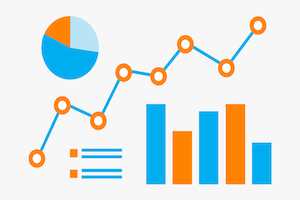
Raavi Shodh
Collecting Data From Primary or Secondary Sources
Collecting data from primary or secondary sources is an important step in the statistical analysis service. Primary data refers to data that is collected directly from the source, while secondary data refers to data that has been collected by someone else and is available for use.
Primary data collection methods may include surveys, questionnaires, interviews, observations, or experiments. These methods allow for the collection of specific data that is relevant to the research question or hypothesis. Primary data collection is useful when no existing data is available or when the data available is insufficient for the research purpose.
Secondary data collection methods may include literature reviews, online databases, or other public sources. These methods allow for the collection of existing data that may be relevant to the research question or hypothesis. Secondary data collection is useful when existing data is available and relevant to the research question, and when it is not feasible or cost-effective to collect primary data.
Importance of Statistical Analysis in Research
Statistical analysis is an essential component of research, as it provides a systematic and rigorous approach to analyzing data and drawing conclusions. The importance of statistical analysis in research can be seen in the following ways:
By utilizing these services, researchers can increase the visibility and impact of their work, as well as enhance their professional reputation and career prospects. In addition, research paper publication services contribute to the advancement of knowledge by disseminating important research findings to a wider audience and facilitating collaboration and knowledge sharing among researchers in different parts of the world.
Creation of Visual Representations of the Data
The creation of visual representations of the data, including graphs, charts, and tables, is an important aspect of the statistical analysis service. Visual representations of data can help to aid in the interpretation and communication of the results, making the data more accessible and understandable to a wider audience.
The statistical analysis service provider may use various software tools and programming languages, such as Excel, R, or Python, to create visual representations of the data. The provider may also assist in selecting the appropriate visual representation for the data and research question, and in interpreting the results of the visualization.

Features
- Data Cleaning and Preparation
- Descriptive Statistics
- Inferential Statistics
- Regression Analysis
- Time Series Analysis
- Multivariate Analysis
- Data Visualization
- Statistical Support




